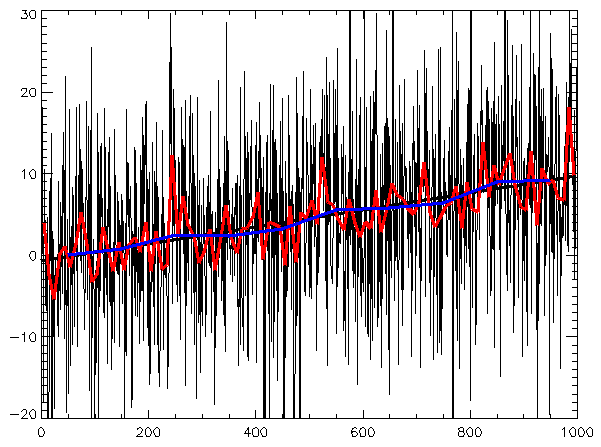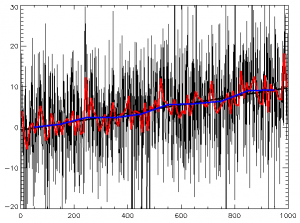“Time Series” is a collection of observations made sequentially through time.
Many time series are routinely recorded in economics and finance on successive hours, days or months. For example, share prices, export totals, average incomes, and company profits and so on.
Now for analysing time, we have different methods for different purposes.
Let’s start one-by-one.
1. Physical Time Series
a. Many types of time series occur in the physical sciences, particularly in meteorology, marine science and geophysics. Examples are rainfall on successive days, air temperature measure on successive hours, days or months.
b. Some mechanical recorders take measurements continuously and produce a continuous trace rather than observations at discrete intervals of time.
2. Marketing Time Series
a. The analysis of time series arising in marketing is an important problem in commerce. Observed variables could include sales figures in successive weeks or months, advertising costs, monetary receipts and so on.
3. Demographic Time Series
a. Various time series in the study of population change. For example, the population of Canada is measured annually, and monthly total birth controls are done in England.
b. Demographers want to predict changes in population for as long as 10 or 20 years in to the future, and are helped by the slowly changing structure of a human population.
c. Standard time series method are usually inappropriate for tackling this problem.
4. Process Control Data
a. In process control, the problem is to detect changes in the performance of a manufacturing process by measuring a variable, which shows the quality of the process.
5. Binary processes
a. A special type of time series arises when observations can take one of only two values, usually denoted by 0 and 1. For example, in computer science, the position of a switch, either ‘on’ or ‘off’, could be recorded as 1 or 0, respectively. Time series of this type, called binary processes, occur in many situations, including the study of communication theory.
6. Point Processes
A completely different type of time series occurs when we consider a series of events occurring ‘randomly’ through time. For example, we could record the dates of major railway disasters.
 Stay Ahead with the Power of Upskilling - Invest in Yourself!
Stay Ahead with the Power of Upskilling - Invest in Yourself! 





2 Comments. Leave new
Nice..
Well written